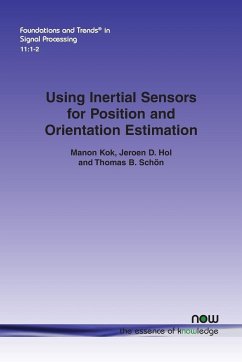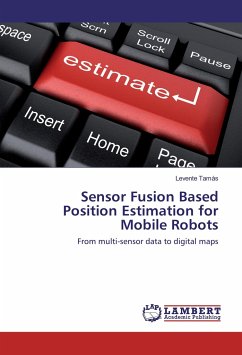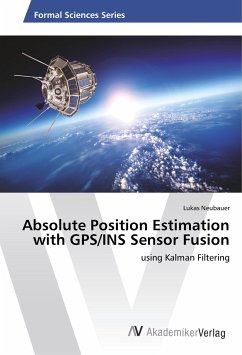Microelectromechanical system (MEMS) inertial sensors have become ubiquitous in modern society. Built into mobile telephones, gaming consoles, virtual reality headsets, we use such sensors on a daily basis. They also have applications in medical therapy devices, motion-capture filming, traffic monitoring systems, and drones. While providing accurate measurements over short time scales, this diminishes over longer periods. To date, this problem has been resolved by combining them with additional sensors and models. This adds both expense and size to the devices. This tutorial focuses on the signal processing aspects of position and orientation estimation using inertial sensors. It discusses different modelling choices and a selected number of important algorithms that engineers can use to select the best options for their designs. The algorithms include optimization-based smoothing and filtering as well as computationally cheaper extended Kalman filter and complementary filter implementations. Engineers, researchers, and students deploying MEMS inertial sensors will find that this tutorial is an essential monograph on how to optimize their designs.








